How Spotify’s In-App Offers Makes It The Next Big Influencer Platform
Spotify’s new feature allows advertiser links to be directly embedded into podcasts’ episode pages with visual reminders. This seemingly minor update opens up unexplored opportunities for advertisers to engage with influencers’ audiences.
It’s old news that podcasts are the next big thing in advertising. Revenues are projected to surpass $1 billion by 2021 according to the IAB, with at least one in five (57+ million!) Americans listen to podcasts monthly and have actually doubled since coronavirus restrictions began worldwide. And for good reason; podcasts are highly engaging mediums to deliver messages, due to its straightforward auditory nature that has listeners hanging onto hosts’ every word and as a result, deeply trust and respect them. Hence, it’s surprising that advertisers haven’t flocked to podcasting sites to conduct influencer marketing campaigns. . Until now.
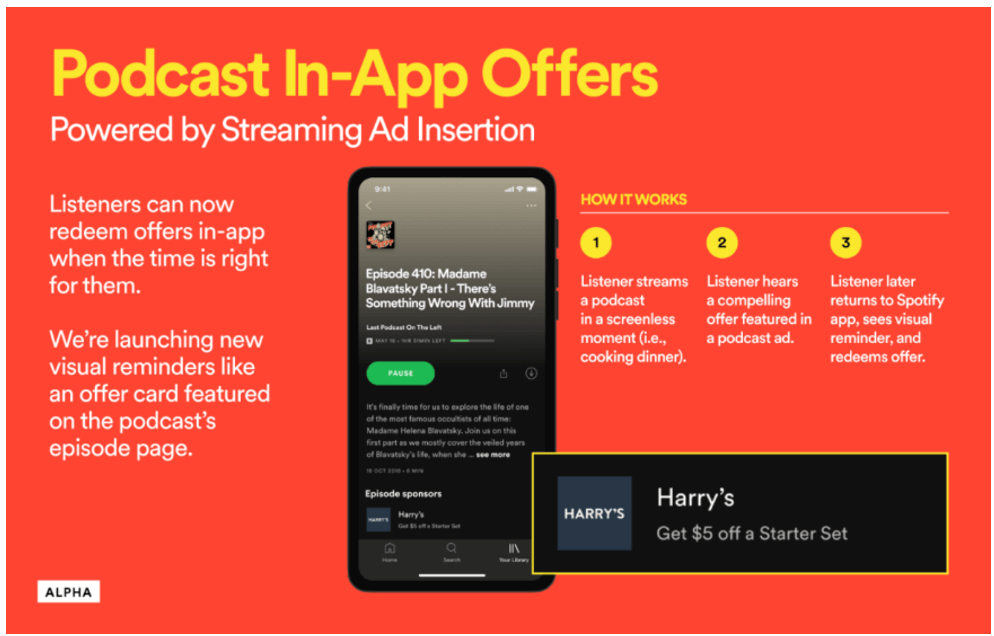
Spotify has been testing In-App Offers, an interactive ad format that allows creators to embed advertiser links into their episodes with visual reminders, such as an offer card with the brand’s logo. They’ve always been at the forefront of the podcast monetization boom, but this update may finally put podcasters on the same pedestal as influencers on Instagram, Youtube, and TikTok.
If launched, it would change the game for podcast influencer partnerships by expanding the realm of possibilities to improve engagement, optimize click-through rates, and innovate ways brands can collaborate with influencers. Here are three reasons why you should consider Spotify’s podcasts in your influencer marketing strategy.
1. You can engage multiple senses
Unlike the conventional format of podcast advertisements, interactive visual cards create opportunities for listeners to engage in both visual and haptic stimuli. They feature…
- The advertiser’s logo
- A subheading
- Image
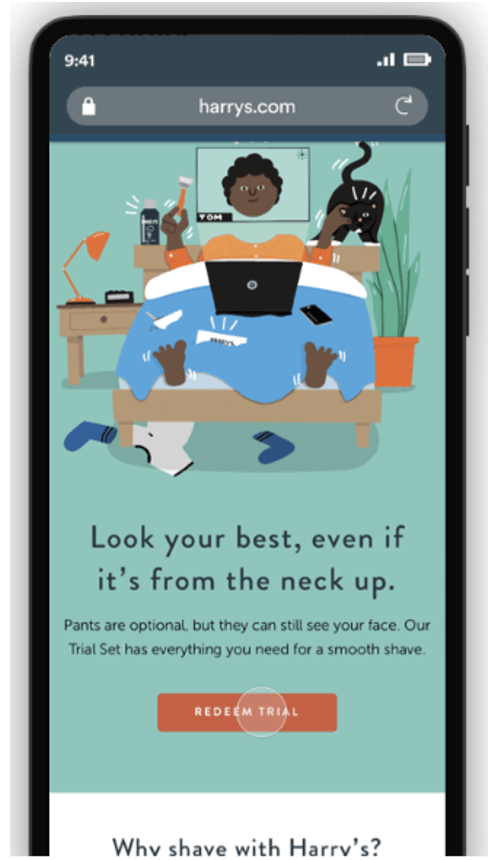
…and is embedded with a link that leads to a landing page.
As a brand, engaging multiple senses is key; studies have shown that multisensory experiences, specifically touch and sight, increase a customer’s engagement, remember your brand. This allows listeners to view a brand’s visual assets, from the logo on the card to the landing page, and listeners can use their sense of touch to tap on the link and play around on the landing page, adding to the listeners’ perception of your brand’s image. Furthermore, listeners can use their sense of touch to tap on the link and play around on the landing page.
Due to podcasts’ auditory nature, advertisers were previously limited to engaging listeners’ sense of hearing, so this update is the best of both worlds, utilizing the captivating content of the podcast with the visual and haptic cues to create a memorable, multisensory experience. After all, a picture is worth a thousand words.
Quick Tip: Since In-App Offers are still in its testing phase, Spotify is still experimenting with its visual features. Stay updated on Spotify For Brands’ news feed to see them as they roll out; be first to catch all the creative ways you can catch your audience’s eye!
2. Users can redeem the offer when convenient
Gone are the days of podcasters repeatedly spelling out their promo codes at a painstakingly slow pace, or listeners having to rewind the last 15 seconds to make sure they got it correct.
With In-App Offers, links can be embedded into the episode page. It removes the inconvenient middle steps of having to switch into a browser or potentially

forgetting the link, creating a frictionless, hassle-free experience of redeeming a code even when you’re listeners are busy doing something else. 81% of listeners take action after listening to a podcast ad…but it doesn’t necessarily mean they follow through.
This feature will also change the interpretation of Spotify’s podcast advertising click-through rates (CTR).
Firstly, this will massively increase their CTR from 1%, which pales in comparison to Youtube’s advertising CTR of approximately 5%. Now that listeners won’t forget the code or link, this percentage will definitely rise to Youtube’s rates…or perhaps beyond.
Secondly, this feature creates an alternative way to measure CTR. Rather than simply counting the number times a unique affiliate link has been opened, brands can see how many clicks to the particular page (affiliate link or not) were attributed to that specific podcast episode alone. This is particularly useful when working with influencers who share content on multiple platforms and brands want to pinpoint which one drove the most traffic.
Quick Tip: Much of Spotify’s data on CTR comes from their Streaming Ad Insertion (SAI) technology, which powers their In-App ads, so it’s important to become familiar with the platform and its analytics to maximize your campaigns.
3. You can embed any link you want!
You can literally embed any link you want into the interactive card. Anything.
Conventionally, influencer marketing in podcasts presents itself in the form of affiliate marketing that leads to discounts when used. This worked with the previous format of podcasts, where their lengths were limited to the time you allocated to spelling a code or link. You can only use bit.ly so many times.
Now unrestrained by time, brands have greater flexibility to create a variety of truly creative influencer-driven marketing strategies, especially because brands are no longer bound to rely on affiliate codes to measure clicks (see point 2.)
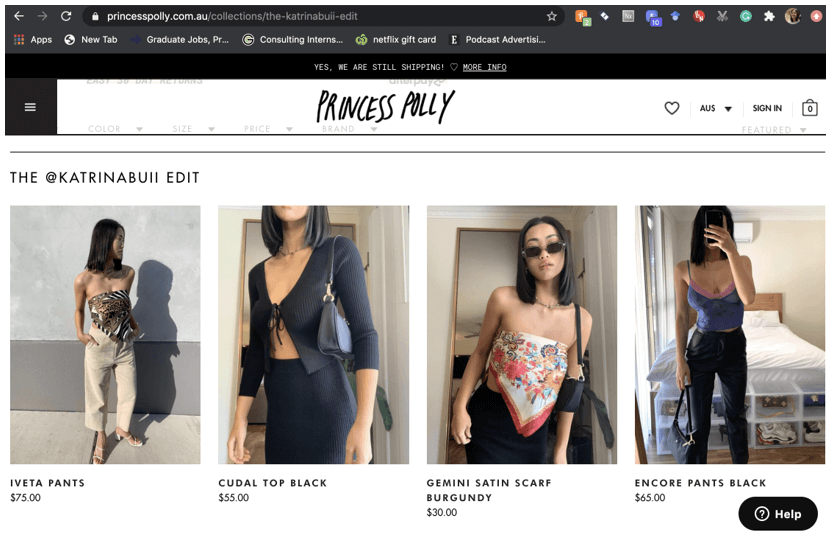
For example, take a brand like Princess Polly, who partner with influencers to compile clothes they have worn. This idea can be implemented through In-App offers; for example, an investor podcaster could partner with a bookstore to create a page of books about finance with the podcaster’s testimonials. It’s engaging to the readers because of its relevance. It is a direct funnel to the exact sources of information the podcaster mentions in their show. Value is created for the listener, who may want to emulate this podcaster’s success and lifestyle by buying these books (likely at a discounted price!), the podcaster, who gets to share their knowledge and receive commissions based on CTR and finally, the brand, who receives higher brand awareness and loyalty.
Quick Tip: With this newfound flexibility, the type of influencer campaigns you can execute on Spotify’s podcasts are endless. Check out these influencer marketing strategies that you can be the first to implement directly onto Spotify podcasts. Go crazy, be creative!
So…maybe I still haven’t convinced you.
Maybe you still think podcasts are just a fad that will soon blow over, or that this update is too minor to change anything. Sure.
But if I wanted you to take away one thing from this article, it’s this: Spotify’s In-App Offers update is not all that’s good about Spotify as an influencer marketing platform. Rather, it’s a tool that allows brands to harness the highly engaged and loyal communities that podcasters create by improving memorability, convenience, and the variety of potential campaigns, all of which create greater value for the brand, listener, and podcaster.
If such a small card in the middle of a phone screen can do all these things, I don’t see what’s not to love. It’s finally time to listen up and ride the podcast advertising wave!
Like this blog? Don’t forget to share it with your friends!
[Check Out our Jams on the Cape Spotify Playlist: https://open.spotify.com/playlist/6i4OrVyEcqW59jILTofxY7?si=76a2UR3YQUy-eqw1__bwPw]

Amanda Kusuma
Jakarta-raised and Melbourne-based, Amanda is a penultimate-year Finance and Marketing major at the University of Melbourne. She is obsessed with how technology can connect people and believes in the power of social media to do just that.

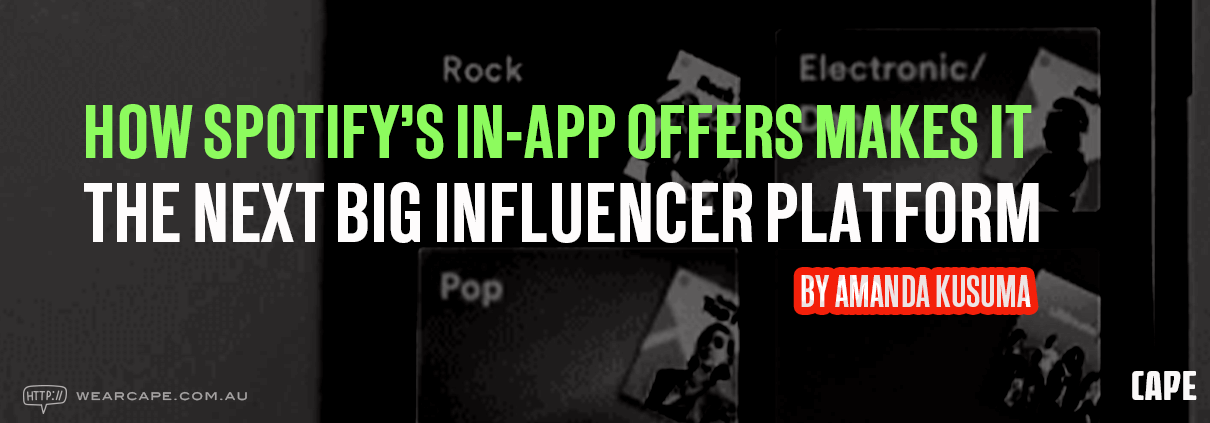
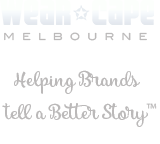




![The Best Ads of 2020! [COVID Edition] 8 Best Ads 2020 – The COVID Edition](https://wearcape.com.au/wp-content/uploads/2021/02/Best-Ads-2020-–-The-COVID-Edition-80x80.png)